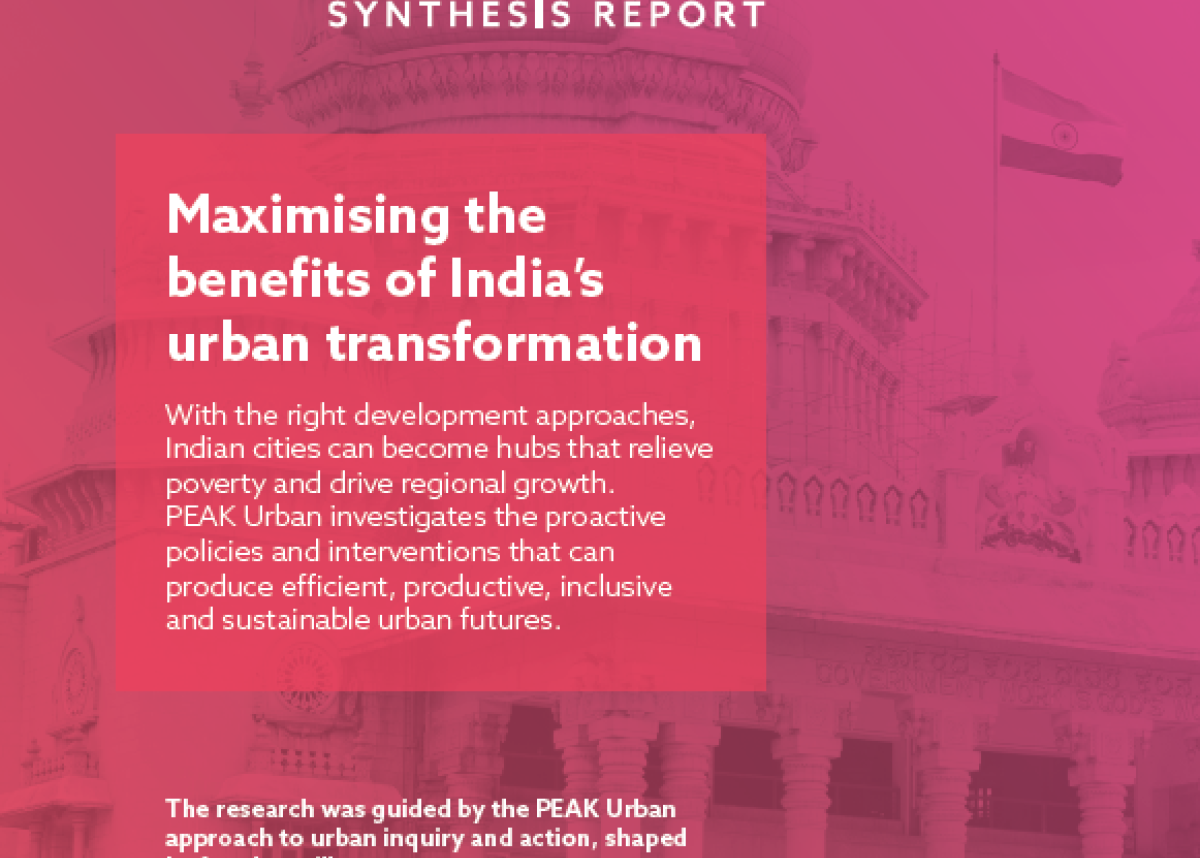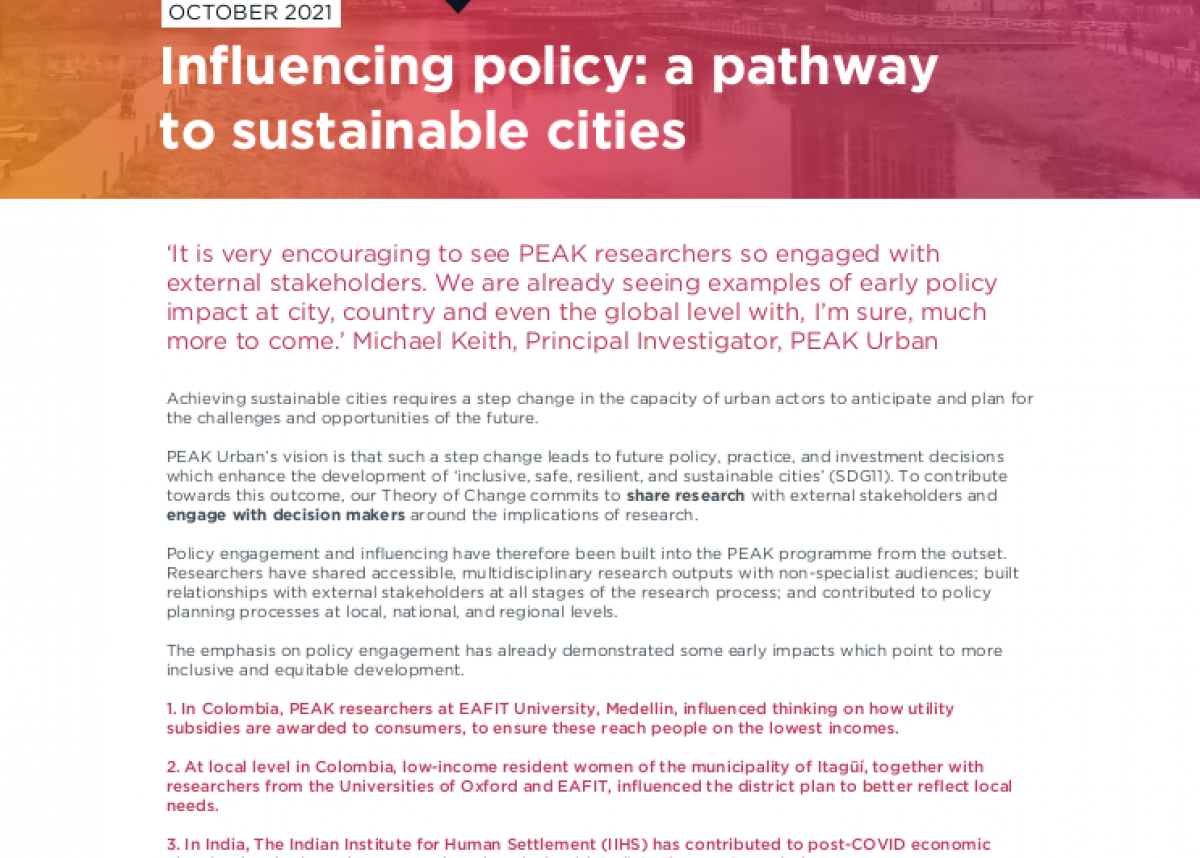
Governance and Timeliness: Leveraging Land Value Capture in Indian Metro Rail Projects
Major Indian cities are experiencing higher traffic congestion and vehicular pollution with increasing use of personal vehicles. Mass transportation options offer a solution to this problem. Intra-city metro rail systems – which can bypass limited road space, have high passenger carrying capacities, and offer faster travel times across expanding cities – are a particularly attractive mass transportation option. However, metro rail systems are capital intensive and Indian cities are under-financed, with local city governments depending heavily on state and national governments, as well as multinational development banks for urban financing. In the last two decades, several cities have started to explore an alternative financing strategy, Value Capture Financing (VCF), and more specifically, the capture of land and property values, Land Value Capture (LVC), to develop metro rail systems. India’s Metro Rail Policy, 2017 mandates that all metro rail systems must include a component of VCF. The policy also requires a public-private partnership (PPP) component, common in projects using VCF, in order to obtain financial assistance from the central government.
This policy briefing focuses on governance gaps, as well as questions of timeliness and time- bound phasing of VCF and LVC implementation for metro-rail systems in Indian cities. It draws on research findings from the Metropolitan Development and Land-Based Financing research stream, under the PEAK Urban programme. The analysis covers Bengaluru’s Namma Metro project, currently under implementation.








